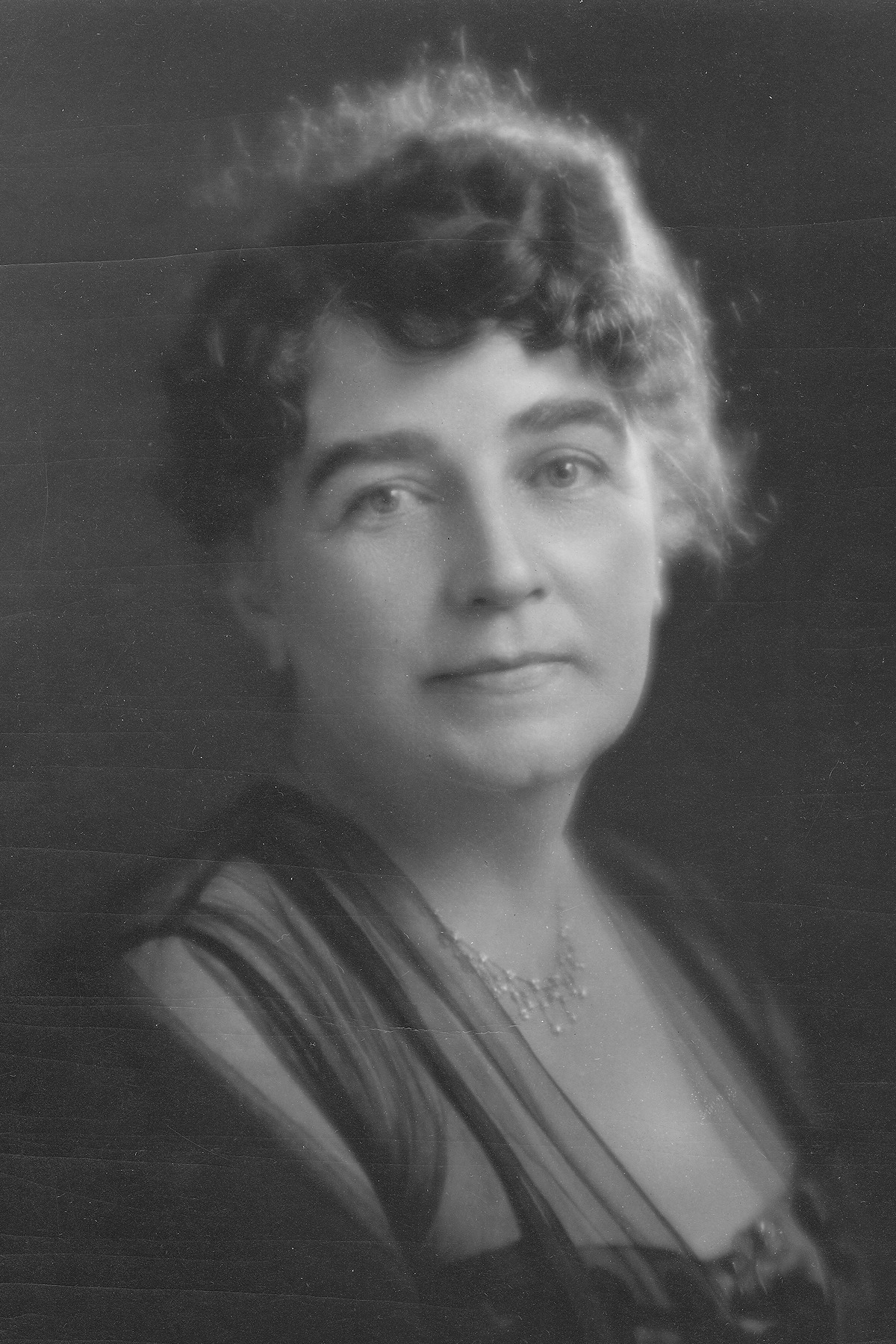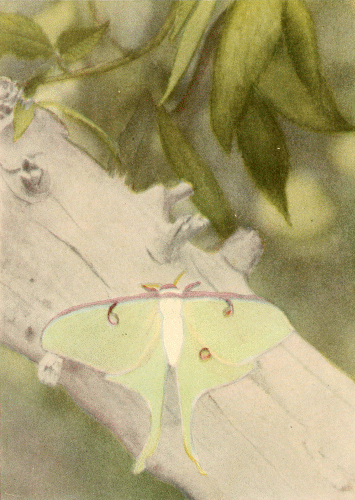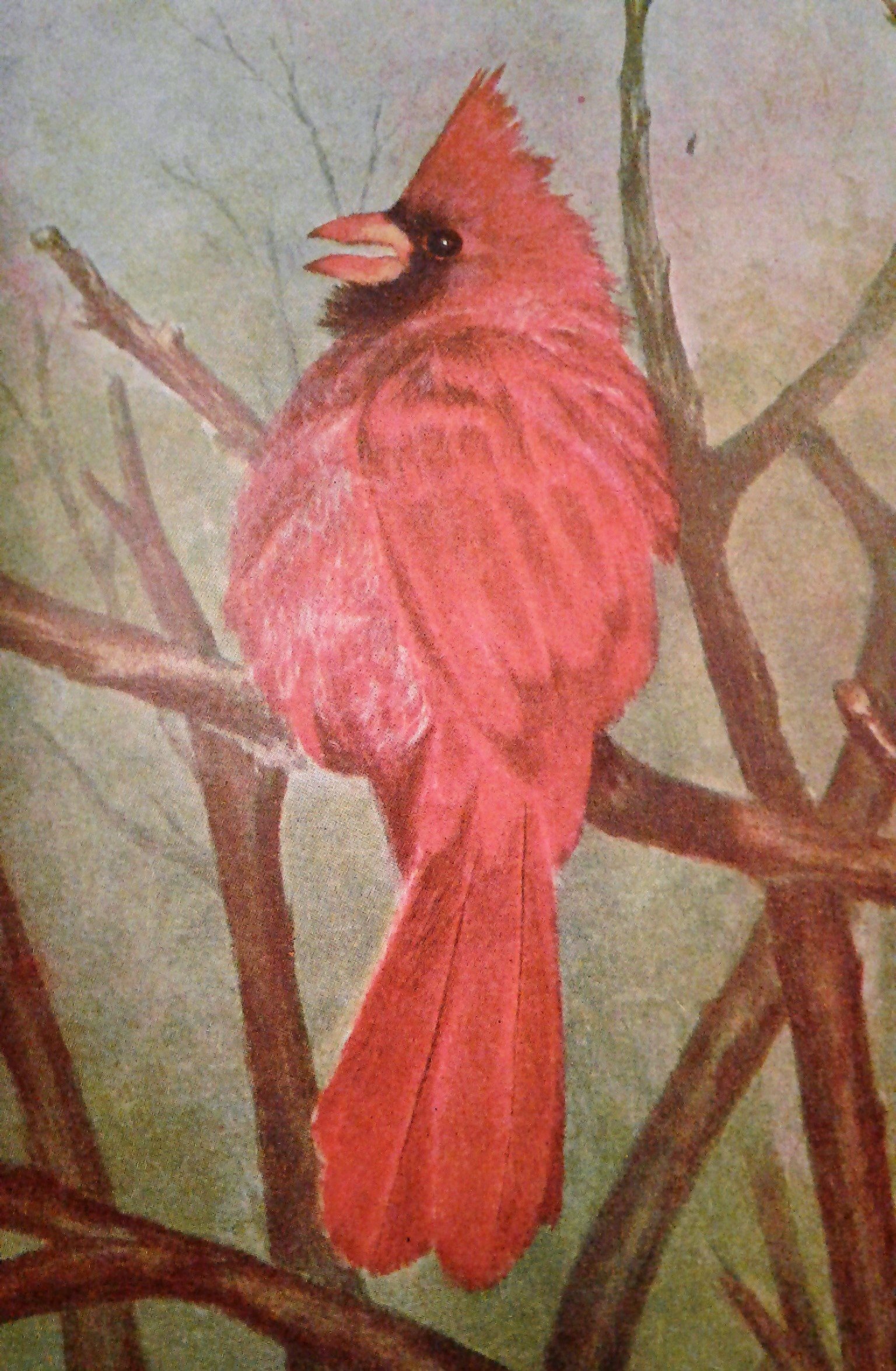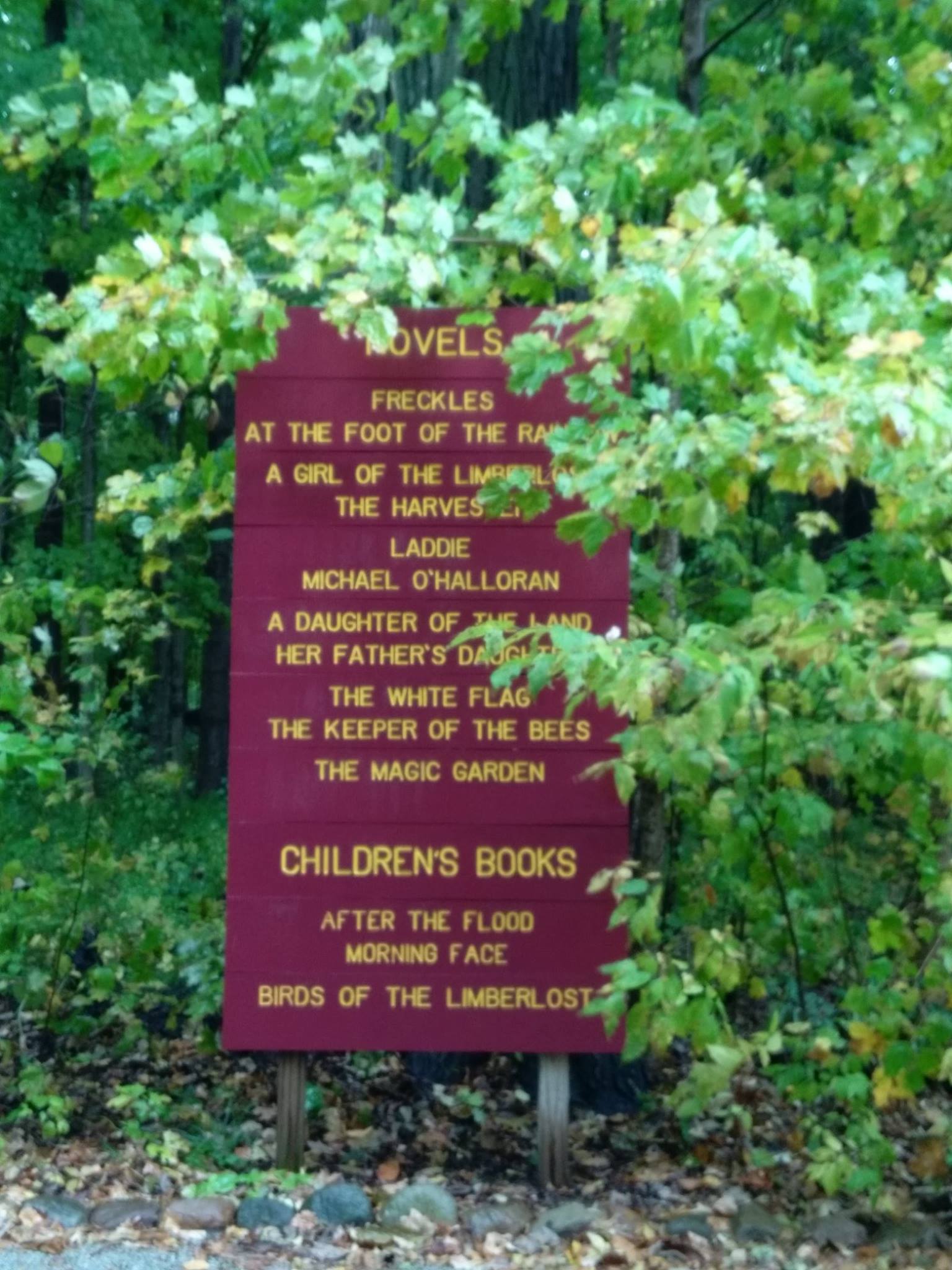This Gene Stratton-Porter page is a work in progress. As we are able to get our reviews written for our favorites of her books, we will update this page.

I did not grow up with Gene Stratton-Porter. I didn’t even discover her while I was still homeschooling my children. I had seen A Girl of the Limberlost on book lists for years before I finally decided to find out why it was always there. Now I know, and I think I’ve read all of Stratton-Porter’s fiction.
I haven’t been as assiduous with her nature books. Though I admire her devotion to the subject, her artistic talent, and the meticulousness of her work, I don’t know that I’ll ever get through Moths of the Limberlost in its entirety.

Gene Stratton-Porter was a naturalist, a storyteller, a teacher, a lover of people and of her country. She was a watchman on the wall warning of the disintegration of morals and education in the country she loved.
In an article called “Broken Promises,” she wrote, “A mind that is conscious of its integrity scorns to say more than it means to perform.” She laments that, at the time she wrote the article, in the 1920s, fewer and fewer people were finding it necessary to keep their word, which she considered one of the greatest evils in the country. Timely, wouldn’t you say?
Freckles was her first novel, published in 1904. As with almost everything she wrote, one of the major themes is nature; in Freckles, the Limberlost Swamp in particular. Some of her recurring themes are introduced here: integrity, honor, tenacity, loyalty, vocation, and the importance of a good reputation. By creating lovable characters, Stratton-Porter builds herself platforms from which to teach without being heavy-handed.
The best way to get to know Gene Stratton-Porter is to read her fictional works. Stratton-Porter writes herself into Freckles’s story as the Bird Woman, a character who also appears in A Girl of the Limberlost. In Laddie: A True Blue Story, the narrator is Little Sister, the youngest of twelve children in the Stanton family. This is a romanticized version of one period in Gene’s childhood. She says that she modeled the main character in The Harvester on her father, and she borrows characters from life in The Keeper of the Bees. Her granddaughter, whose father really was a movie producer in the 1920s, was the model for The Little Scout.

In an interesting passage dealing with her books, Mrs. Porter writes: “I have done three times the work on my books of fiction that I see other writers putting into a novel, in order to make all natural history allusions accurate and to write them in such fashion that they will meet with the commendation of high schools, colleges, and universities using what I write as text books, and for the homes that place them in their libraries. I am perfectly willing to let time and the hearts of the people set my work in its ultimate place. I have no delusions concerning it.
“To my way of thinking and working the greatest service a piece of fiction can do any reader is to leave him with a higher ideal of life than he had when he began. If in one small degree it shows him where he can be a gentler, saner, cleaner, kindlier man, it is a wonder-working book. If it opens his eyes to one beauty in nature he never saw for himself, and leads him one step toward the God of the Universe, it is a beneficial book, for one step into the miracles of nature leads to that long walk, the glories of which so strengthen even a boy who thinks he is dying, that he faces his struggle like a gladiator.”
Ending from: “Gene Stratton-Porter: A Little Story of Her Life and Work” as it appeared in At the Foot of the Rainbow by Gene Stratton-Porter, New York: Charles Scribners Sons, 1916, pp. 44-48.

This is why her novels are still on lists of good books. It is a privilege to introduce her works to another generation of readers.
Keeper of the Bees
Freckles & A Girl of the Limberlost
A Daughter of the Land
A cautionary review of Her Father’s Daughter